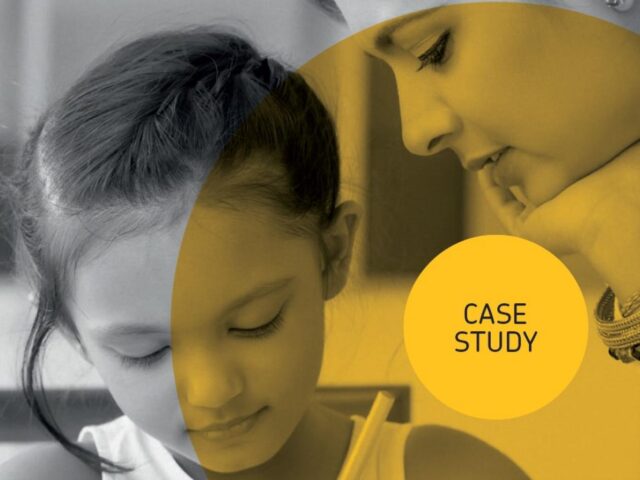Most children are happy with life, but there was a significant decrease in happiness between 2009-10 and 2017-18, according to a new case study from Understanding Society.
The figures are taken from The Children’s Society’s Good Childhood Report, which uses Understanding Society as one of its main data sources. The ninth of these annual overviews was published in 2020.
It showed that – while most 10-15-year-olds are happy with life as a whole and five other aspects of their life (family, friends, appearance, school and school work) – on a scale of 0-10, happiness with life as a whole fell from 8.17 to 7.77 between 2009-10 and 2017-18.
The report also showed gender differences, such as girls’ happiness with life as a whole falling further than that of boys, and a fall in boys’ happiness with their appearance. Boys have been happier with their appearance than girls in every wave of the Study, but in recent years, this particular gender gap has reduced.
Through the report, Understanding Society data helps The Children’s Society’s work supporting young people’s mental health in drop-in centres, dedicated support for young carers, and one-to-one support for young people at risk of going missing from home or care.
EducationFamily and householdsYoung people



